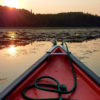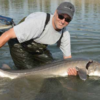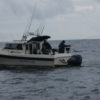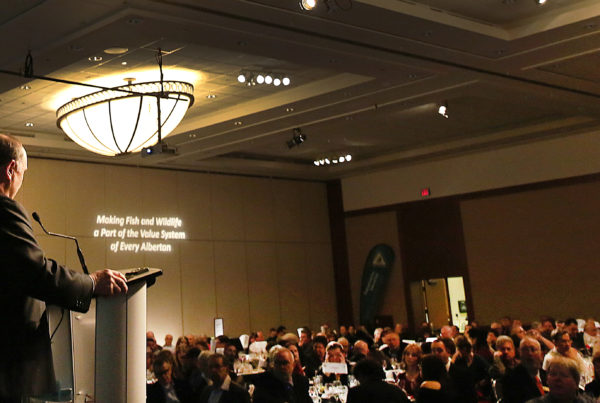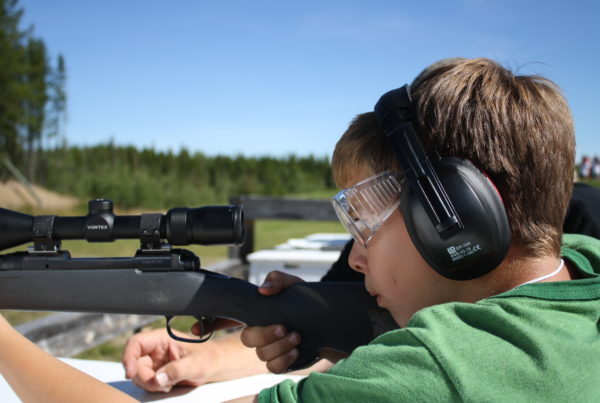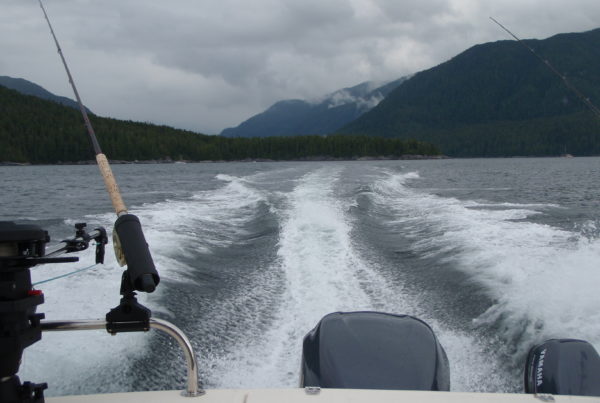Taking the required Hunter Education Certification course either in person or online is the first step in becoming a hunter in Alberta, but a lot of pre-planning needs to take place before you can put into practice what you have learned in class into an actual hunt. Getting started can be expensive for a first-time hunter, but there is a lot of good quality used gear that is available to help you out. The first difficult choice is trying to decide what type of firearm you are going to use. Whether you are archery or rifle hunting it is important that your bow or rifle fits you and, more importantly, that you can shoot it accurately and consistently. Picking a rifle with low recoil or adjusting the draw weight on your bow will help you establish your effective range, and this can only be accomplished through practice. Part of knowing your effective range is learning the flight path of your arrow or bullet and being able to judge distances in the field. When practicing at a range it is important to practice different shooting positions once you have sighted in, so you are prepared to hold steady on game in the field. It is important to understand that getting the best possible rest with your rifle will help ensure a quick, clean kill. Also, first-time hunters often have trouble finding their game in a rifle scope, which is a skill that will become automatic by practicing proper stance/positioning, and correctly mounting the gun to your shoulder.
As a first-time hunter your biggest challenge will be getting permission to access private land, something that often needs to be done well before the season begins. Find out what landowner access requirements are and if there will be any livestock present during the season. Pre-planning needs to take place in order to find out if a draw is required or if there is a general season for the species you are intending to hunt. Getting to know the area and learning the patterns of game are all part of scouting that will help you become prepared for the hunt.
Prepare for a successful hunt by always carrying your proper licence and tags for the WMU that you are hunting and know what the legal hunting times and season dates are for that area. Pre-planning for a successful hunt means knowing how to put your tag on while retain evidence of sex and species plus skinning, gutting, cooling and packing your game out. Next you will need a plan to process your harvest by taking it to a butcher or learning how to do it yourself.
All this may seem a little overwhelming and that’s where a mentor comes into play to help ensure a safe, quality experience. Each year, AHEIA provides and organizes many mentored hunts for first-time hunters to help with the transition from the classroom to the field. It provides the hunter with the opportunity to gain knowledge and experience by taking them through the process from purchasing a licence to processing their game.
Many questions are answer before the hunt regarding regulations, identification and shooting techniques. During the drive to the hunting location it is a good time to make sure new hunters have their licence, know the legal shooting times and know what they are allowed to harvest with their antlerless tags or game bird licence. Generally, the hunter’s main concern is to make a clean shot and not wound an animal. This past year, two hunters who got within close range (under 60 yards) of a deer and felt they couldn’t make a quality shot. They realized that trying to hold on target from the kneeling position or using a fence post is not as steady as resting on a shooting bench at the range. The right decision was made not to shoot. Another second stock took place to get them into position and this time a backpack was used as a rest in the prone position. In the excitement it is hard for new hunters to remember not to try and hold the gun up but rest it on the pack. Time needs to be taken to make sure the deer does not have antlers, is at a good shooting angle to hit the vitals, and the shot itself is safe, as sometimes there is not a safe background to allow a shot.
All big game animals have a strong will to survive and even after a good shot you may have to track the animal to recover your harvest. Once the game is down the process of how to correctly tag the animal takes place and it’s time to gain hands-on experience in field dressing. After the skinning stage most first time hunters have exceeded their learning capacities for the day and choose to take their harvest to a butcher. Pre-planning again comes into play in terms of finding out who butchers wild game in the area and what types of sausage you may like to get made. After a lot of questions, and the help from a video, one hunter decided he wanted to cut and wrap his own deer and, seven hours later, he did a great job at processing his first deer.
The mentored hunt program is designed to help first time hunters have a safe, legal and enjoyable experience, while building positive relationships with landowners. They will not have to hunt alone and will have someone to help them with the steps required to become an experienced and responsible hunter. Creating the opportunities for those who may not have a chance to explore the outdoors and connect with wild places is rewarding for both the first time hunter and the mentor. Volunteers are always needed to help mentor the many new participants taking up the sport each year so if you can find the time “Pay It Forward”.

